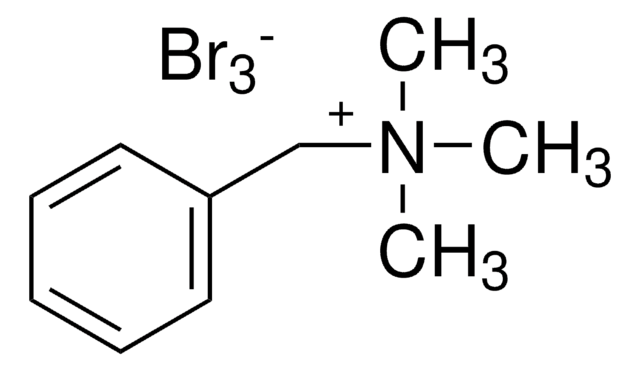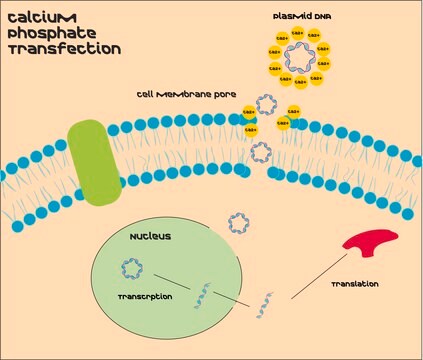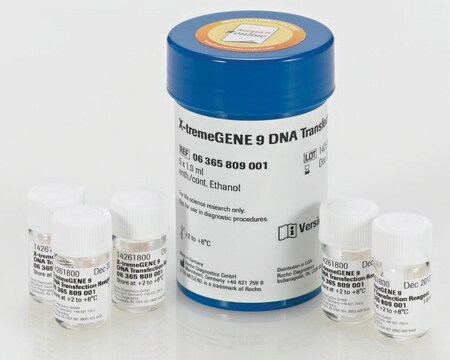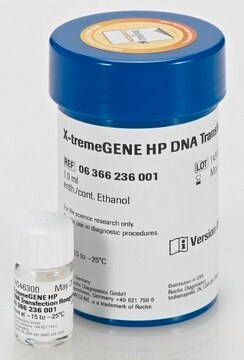Kluczowe dokumenty
11202375001
Roche
Liposomalny odczynnik do transfekcji DOTAP
>99% (TLC), liquid, suitable for transfection
Synonim(y):
odczynnik do transfekcji liposomalnej, dotap, odczynnik do transfekcji, dotap
About This Item
Polecane produkty
opis
N-[1-(2,3-Dioleoyloxy)propyl]-N,N,N-trimethylammonium methyl-sulfate
Poziom jakości
Próba
>99% (TLC)
Formularz
liquid
opakowanie
pkg of 5 × 400 μL (10 U/μl)
producent / nazwa handlowa
Roche
metody
transfection: suitable
temp. przechowywania
2-8°C
ciąg SMILES
[H]C(C[N+](C)(C)C)(OC(CCCCCCC/C=C\CCCCCCCC)=O)COC(CCCCCCC/C=C\CCCCCCCC)=O.O=S([O-])(OC)=O
InChI
1S/C42H80NO4.CH4O4S/c1-6-8-10-12-14-16-18-20-22-24-26-28-30-32-34-36-41(44)46-39-40(38-43(3,4)5)47-42(45)37-35-33-31-29-27-25-23-21-19-17-15-13-11-9-7-2;1-5-6(2,3)4/h20-23,40H,6-19,24-39H2,1-5H3;1H3,(H,2,3,4)/q+1;/p-1/b22-20-,23-21-;
Klucz InChI
RSMRWWHFJMENJH-LQDDAWAPSA-M
Szukasz podobnych produktów? Odwiedź Przewodnik dotyczący porównywania produktów
Powiązane kategorie
Opis ogólny
Zastosowanie
Cechy i korzyści
- Easy to use: The lipid dispersion is simply mixed with the DNA solution, then applied directly to the cells
- Highly effective: 5 to 100-fold more effective than the calcium phosphate or DEAE-dextran method
- Gentle: No cytotoxic effects
- Flexible: Equally effective in the presence or absence of serum. Effective on a wide range of species (e.g., insect cells, mammalian cells) and a variety of different cell types. Can be used for either transient or stable transfection procedures.
- Aqueous dispersion (liposomes) in MBS (MES-buffered saline, pH 6.2) (bottled under argon), 1mg/ml, sterile-filtered.
Uwaga dotycząca przygotowania
The optimal working concentration is dependent on several parameters, including the cell line being used, concentration and type of nucleic acid (DNA, RNA), and incubation time. It is important to optimize the transfection conditions for the individual cell type studied.
Cytotoxicity: Not cytotoxic up to a concentration of 100μg/ml (PBLs, HeLa cells).
Inne uwagi
Kod klasy składowania
12 - Non Combustible Liquids
Klasa zagrożenia wodnego (WGK)
nwg
Temperatura zapłonu (°F)
does not flash
Temperatura zapłonu (°C)
does not flash
Wybierz jedną z najnowszych wersji:
Masz już ten produkt?
Dokumenty związane z niedawno zakupionymi produktami zostały zamieszczone w Bibliotece dokumentów.
Klienci oglądali również te produkty
Produkty
This brief webinar provides an overview of what transfection is and the methods that are used to introduce DNA or RNA into eukaryotic cells.
Nasz zespół naukowców ma doświadczenie we wszystkich obszarach badań, w tym w naukach przyrodniczych, materiałoznawstwie, syntezie chemicznej, chromatografii, analityce i wielu innych dziedzinach.
Skontaktuj się z zespołem ds. pomocy technicznej

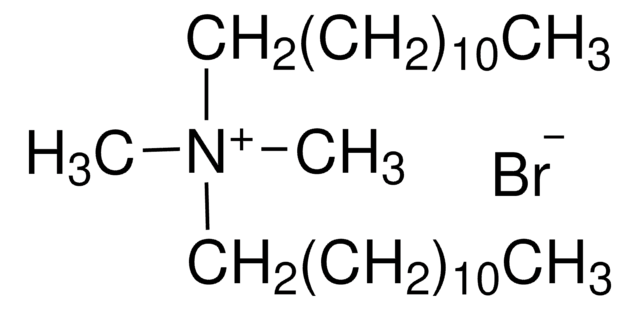



![Fluorescent DOTAP 1-oleoyl-2-[6-[(7-nitro-2-1,3-benzoxadiazol-4-yl)amino]hexanoyl]-3-trimethylammonium propane (chloride salt), powder](/deepweb/assets/sigmaaldrich/product/structures/262/741/3634e622-7f85-4907-beb5-5f2137c95947/640/3634e622-7f85-4907-beb5-5f2137c95947.png)


